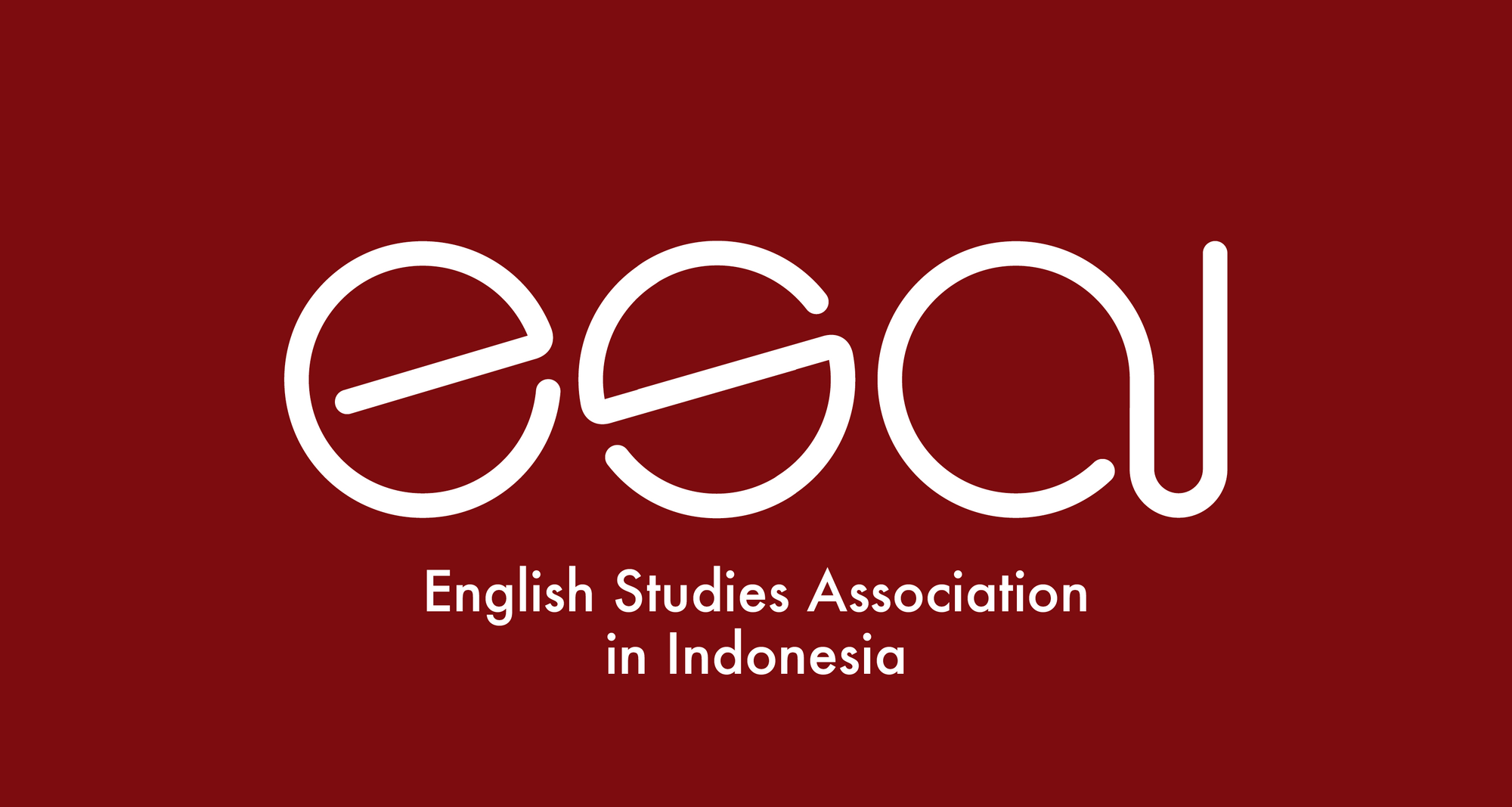Template file can be downloaded "here"
- The manuscript has never been published by other media(s) nor in the process of being published in other media(s) or journal(s); it must not contain plagiarism.
- Author is not allowed to send the same manuscript to other media(s) during the process, except the author has withdrawn the article and been granted a written notification from the editor.
- The manuscript is written in the form of research (field or library study).
- The manuscript is written in English.
- Title, abstract, and keywords are written in English.
- The manuscript is typed using Microsoft Words (doc/docx) with the following format: Times New Roman font, scale 100, no spacing position in A4 paper with space of 0.96 inches top, 1.18 inches left, 1.18 inches right, and 1.18 inches bottom, single space.
- Title, abstract, and keywords is written in one column, while the other are written in two columns. The manuscript’s body text is formatted in two columns with width stipulation of 5 cm in each column and the distance for each column is 0.5cm.
- Total pages are 13-18 including references and table(s).
- Article systematic is arranged in the order below:
Title: comprehensive, precise, and short, the title is no more than 15 words.
Name and Author’s Address: complete name is a must, without mentioning university degree or position of job, below the title. Exactly below the name of the author, the address of institution and writer’s e-mail address must be written;
Abstract: maintaining the essence of the article, consisting 100-200 words, and is written in one paragraph without references and citation;
Key Words: key words are placed below the abstract consisting not more than five words or phrases without full stop. Key words must mention the main concepts of the article.
INTRODUCTION (no subchapters needed): Introduction contains background of the study, explaining the actual phenomenon of the problem studied in the article, supported by references and previous studies that have been done individually or in a group. It must describe the comparison between the article and the previous studies. Introduction contains problem(s) (one focus problem is better), purpose(s) of the study, research significance,
THEORETICAL FRAMEWORK : Theories used to solve the problem(s). Every resources used in the article must all be cited in the references list.
RESEARCH METHOD: consists of variety of research characteristics, data source, data, data collection technique(s), data collection instrument(s), data collection procedure(s), and analysis method;
DISCUSSION: presented in a form of subchapters not more than three levels without using numbering. Showing and explaining the main analysis directly to answer research problem(s) and purpose(s) of the study; Table, graphic, picture, and/or photo (if any) must all be numbered, titled, and noted along with the text’s references. Table and picture. must present the result of the study and should not be more than 25% of total manuscript volume. Table and picture must be well-read and well-printed because the article will be published in white and black (for writers asking for printed publication).
CONCLUSION: Conclusion must answer the problem(s) and purpose(s) of the study. Conclusion is not in the form of a summary and not a repetition of findings and discussion.
REFERENCES: References should come from 80% of primary source, result of the research, idea, and theory or concept which is published in the electronic journal(s) or paper publication(s). References must be maximum ten years old for, except for classic references as historical data.
- Citing sources and listing references should comply with the APA 6th edition referencing styles.
- Failure to comply with the author guidelines will result in rejection; resubmitting article is possible whenever guidelines have been sufficiently followed.
- The manuscript will be handed to the Editor Team for further reviews only when the guidelines are sufficiently followed.
- The author must revise the manuscript whenever needed within the allocated time given by the editor.
- Editor has a privilege to edit the manuscript, concerning its language, without changing the essence of the study.



1.png)


